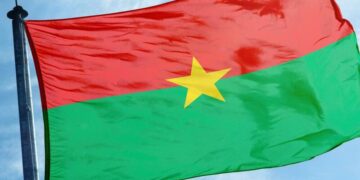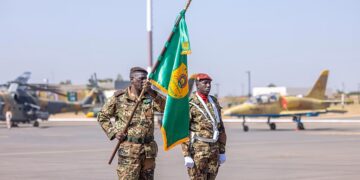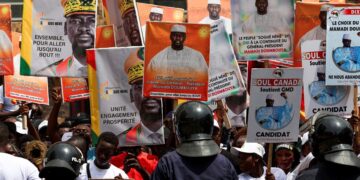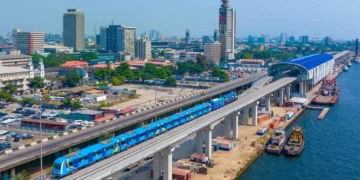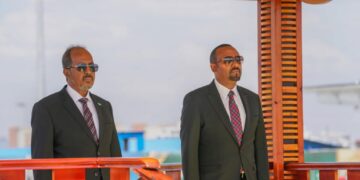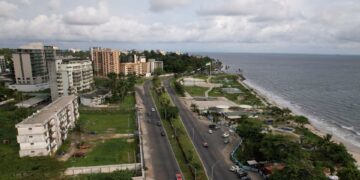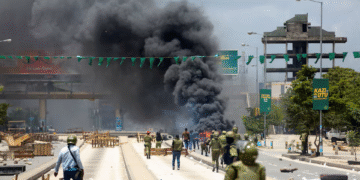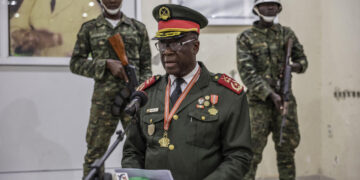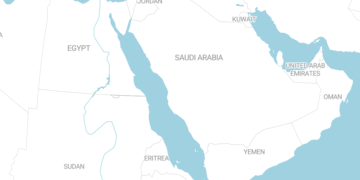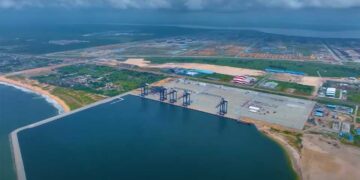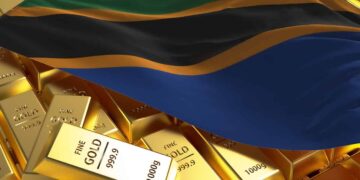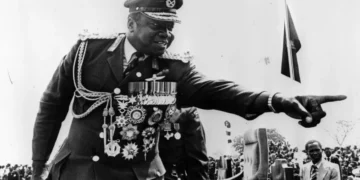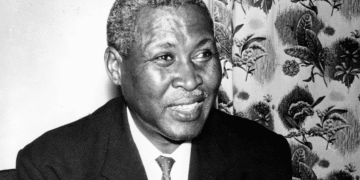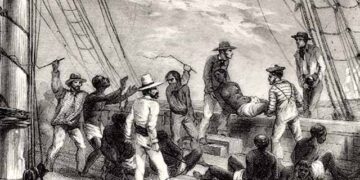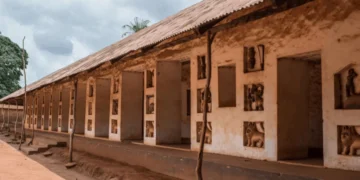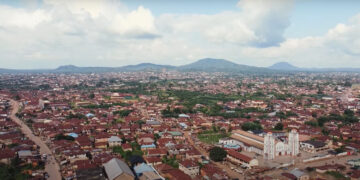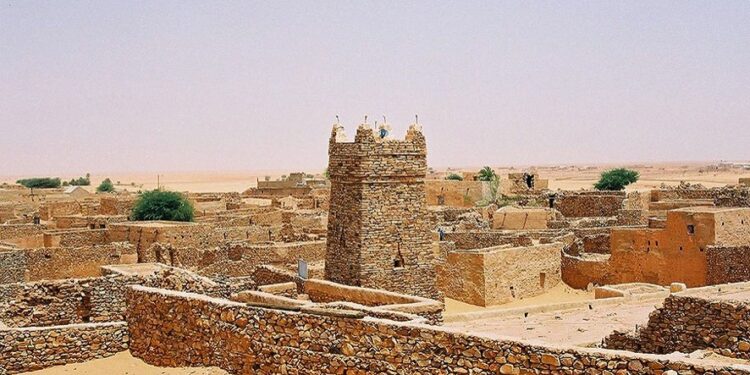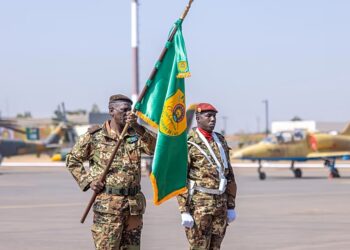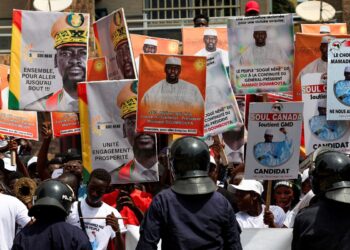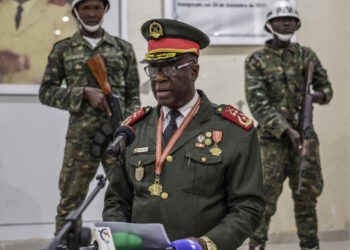Kumbi Saleh, whose current ruins lie in southeastern Mauritania, is an archaeological testament to the greatness of the ancient Ghana Empire, one of the first and most prominent empires to emerge in the Western Sudan region. Kumbi Saleh was a political center, a pivotal node in the trans-Saharan trade network, and an urban laboratory for the interaction between African-Islamic culture and the prevailing local culture.
The ruins of Kumbi Saleh are currently located approximately 60 kilometers south of the Mauritanian city of Timbedra, near the border with Mali. This strategic location was not accidental; it placed the city directly on the major caravan routes that linked the salt mines of the Sahara (north) with the gold mines of the empire’s south (the Wangara and Takrur countries).
Some sources date the city’s origins to the 1st, 2nd, or 3rd century BCE, when it emerged as a local trading center. However, its true rise was as the capital of the Ghana Empire, which reached the height of its power between the ninth and eleventh centuries AD. Known as the “Land of Gold,” the empire’s power and wealth were based on taxation and control of the movement of gold and salt.
Arabic historical and geographical sources, such as the writings of al-Bakri, Ibn Hawqal, and al-Ya’qubi, are the primary sources of information about Kumbi Saleh, describing it as one of the richest and most organized kingdoms in the world.
The most striking feature of Kumbi Saleh, according to the detailed description provided by the Andalusian geographer Abu Ubayd al-Bakri in his book “Al-Masalik wa al-Mamalik” (The Routes and Kingdoms) in 1067 AD, is its urban structure, divided into two main sections approximately ten kilometers apart:
- The Royal (Pagan) Section: Kumbi: This section served as the capital of sovereignty and power and the center of the king’s rule (who was called “Ghana”). It housed the lavish royal palace, built with stone and ornamentation, surrounded by the residences of the royal court and ministers. This part of the city reflected the original political and cultural identity of the empire, as pagan religious rituals were prevalent at the royal court. Al-Bakri notes the presence of carefully preserved royal temples and tombs in this section, confirming its role as a traditional religious center and a place for the consecration of royal authority.
- The Commercial (Islamic) Section: Saleh: This section was the economic and intellectual center of the city, known as “Saleh” or “the Islamic section.” It was located at a distance from the royal quarter and was built to accommodate Muslim merchants and scholars who came from North Africa. Al-Bakri describes this quarter as a complete and prosperous city, with twelve mosques (some sources indicate fewer), stone and mud houses, and organized streets. The Salih quarter represented a cultural melting pot, where trade and education flourished, and Arabic was the language of commerce and science.
This urban and social division created a complex balance: political power remained in the hands of the non-Muslim king in the royal quarter, while economic and intellectual power was held by Muslim merchants and scholars in the Salih quarter. This arrangement allowed the ruler to collect taxes and maintain traditional prestige, while Muslim merchants benefited from a secure and prosperous environment for trade.
Kumbi Saleh’s wealth stemmed from its direct resources and its role as a regulator of the flow of goods. The Ghanaian regime imposed heavy taxes on every load passing through the city, whether coming from the north carrying salt or from the south carrying gold.
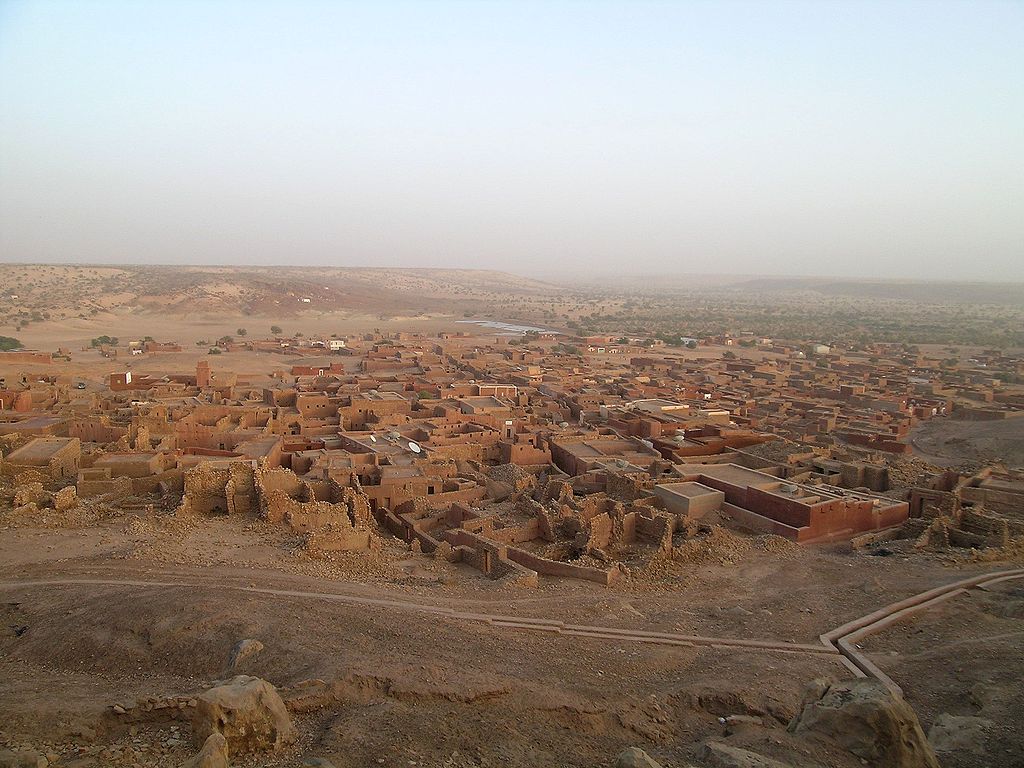
The exchange of gold for salt formed the backbone of Kumbi Saleh’s economy. Salt was a vital and essential commodity in the Sudan, and its scarcity meant it was sometimes worth its weight in gold. Kumbi Saleh served as an ideal intermediary. Salt arrived, in the form of huge slabs, via Berber (Sanhaja) caravans from the Saharan mines (such as Taghaza). Also, gold was extracted from mines in the south (most likely the Bambouk and Bouré regions) and transported to Kumbi Saleh for export to North Africa and then to Europe. This imperial control of the trade routes, coupled with the presence of a large and stable market, strengthened the city’s position as an unrivaled financial center in West Africa during the Middle Ages.
The Ghana Empire, with its capital at Kumbi Saleh, experienced a gradual decline beginning in the mid-11th century. Its power also declined due to internal factors such as the rise of local kingdoms in vassal regions (such as the Kingdom of Sosso) that began competing for control of trade routes, as well as environmental degradation that affected agriculture and resources.
At the beginning of the 13th century, Kumbi Saleh finally fell to Soumaoro Kanté, the king of Sosso, who used it as a military outpost before it was taken over by the rising Mali Empire. After that, the city lost its importance as a major capital and gradually turned into ruins buried by the desert sands.
The ruins of Kumbi Saleh, long known from oral histories and written sources, were officially discovered in 1913. Archaeological excavations in the mid-20th century revealed the city’s urban plan, including the remains of mosques and stone houses, agricultural and military tools, large quantities of glass cymbals, and tablets inscribed with verses from the Qur’an in Arabic script.
Today, the ruins of Kumbi Saleh are listed on the UNESCO Tentative List of World Heritage Sites in Mauritania. However, the ancient city faces significant challenges, most notably erosion and deterioration caused by harsh desert conditions and sandstorms that threaten to destroy the remaining monuments. The region suffers from a lack of funding for excavation, restoration, and maintenance, hindering efforts to preserve this historical legacy. The few residents living near the archaeological site suffer from a lack of basic services, which forces them to migrate and leaves the site more vulnerable to neglect.


